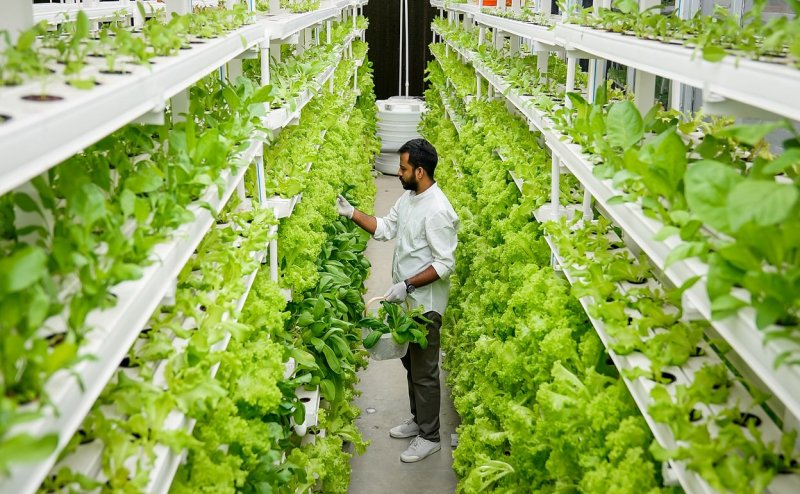

A new way of farming technique found by two Indian students which will use less than 95% water.
India is the Farming Country with a maximum number of the population that feeds themselves by farming. India too has the world`s largest population of livestock. Yet the dependency of crops is more as affording cattle is financially difficult. Holding all such issues and challenges, two Indian students from TERI School of Advanced Studies have made a Community-level solar-powered hydroponic fodder unit that can help in growing rich, nutritious green fodder with very little water and soil-less farming technique, capable of increasing crop yields by sixfold compared to traditional approaches.
For this, they were also awarded a bronze medal in the Grand Final of the Efficiency for Access Design Challenge. We got to interact with the masterminds behind this, Souryadeep Basak and Lavkesh Balchandani to understand what ignited this idea in their minds.
Souryadeep and Lavkesh, two changed streams from mechanical engineering to study renewable energy as they shared a great concern for climate change.
The two came across the award-winning idea while they were working in the domain of the food-water-energy nexus. “(We) started out by exploring hydroponics, which is a water-efficient soilless technique of agriculture. Gradually, the idea was concretized in the form of a three-stage solution. The fodder unit is tailored for the Indian scenario owing to its affordability and low payback period, as well as a high land-use efficiency due to vertical integration.”
"The design requires 95 percent less water than traditional fodder production. It takes 8 days from seed to feed and there is no downtime owing to the soilless nature. 0.5 units of electricity is required in a month, using energy-efficient cooling strategies.”
The first stage is the fodder unit, which provides increased income from enhanced livestock productivity. No additional supply chain is required. Payback periods can be as low as 5 months for the direct sale of fodder and 20 months for the increased sale of livestock products.
The second stage is the mushroom cultivation unit, which uses the biomass (straw, hay) that is now under-utilized as a consequence of the fodder unit. Depending on the time of year, different mushrooms may be successfully sprouted within smart grow units.
The third stage is a greenhouse for exotic vegetables, herbs, flowers and other horticultural produce. This stage requires an established supply chain.
Your support to NYOOOZ will help us to continue create and publish news for and from smaller cities, which also need equal voice as much as citizens living in bigger cities have through mainstream media organizations.